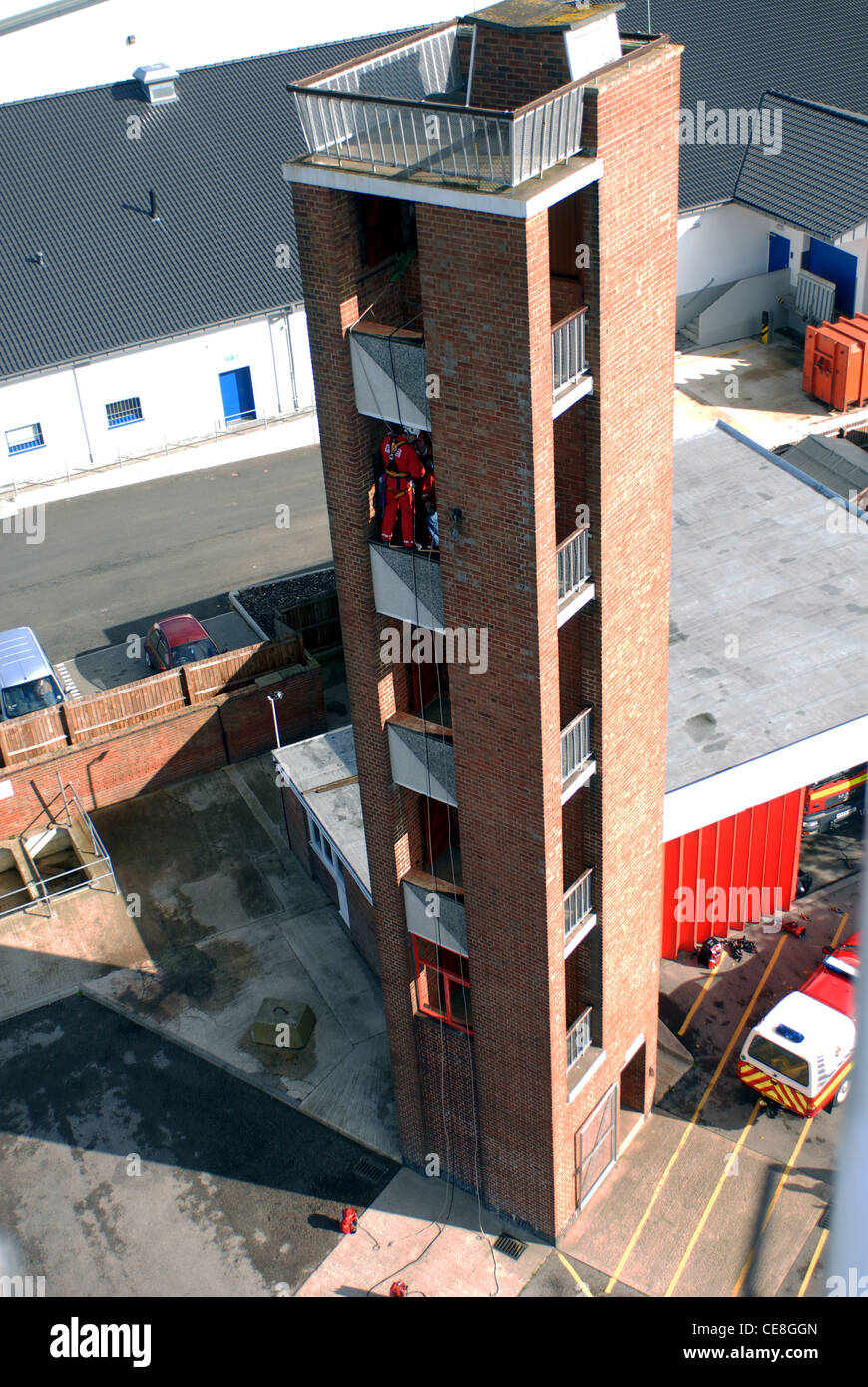The Role of Fire Suppression Systems and Fire Brigade Training
The Role of Fire Suppression Systems and Fire Brigade Training
Blog Article
Fire safety is vital to building safety. Integrating modern tools with human readiness is the most effective way to respond effectively to emergencies. Sprinkler systems and emergency readiness programs work together to ensure quick response.
Understanding How Sprinklers Work
Automatic sprinklers are designed to extinguish fires efficiently. These systems utilize heat-sensitive sprinklers to reduce heat and flames. Individual nozzles provides localized protection, ensuring efficient operation.

Important elements of fire suppression systems include:
- Fire suppression nozzles: Disperse water.
- Pressurized pipes: Support fire suppression operations.
- Automatic system dashboards: Oversee system activation.
- Backup tanks: Maintain steady water pressure.
The Importance of Emergency Preparedness
Beyond the capabilities of sprinklers, human preparedness plays a crucial role. Emergency response programs equip staff to manage evacuation processes and address complex scenarios.

Essential elements of emergency preparedness programs include:
- Risk assessment: Focusing on reducing fire risks.
- Emergency escape strategies: Practicing efficient escapes.
- Suppression techniques: Practicing fire suppression tactics.
- Coordinated responses: Enhancing communication during crises.
Como instalar sistema de sprinkler?
ampola de sprinklerschuveiro automatico sprinklers
How Sprinkler Systems and Fire Brigade Training Work Together
Using both technology and human readiness creates a robust fire safety plan. While sprinklers suppress fires rapidly, trained fire brigades ensure safe operations.

Together, these safety measures limit damage in residential buildings, commercial properties, and industrial facilities alike.
Conclusion: Building a Safer Future
Sprinkler systems and fire brigade training create a safer environment. Using these complementary methods safeguards communities for any fire scenario.
Strengthen your fire response plan today by organizing emergency response programs. Your safety depends on both systems and skills!
Report this page